Day 26: Fungus. Gas. Bacteria.
The debate I’ve been having with myself daily has just been rearranged. Since starting school, I’ve wondered constantly whether I should continue with my studies after my current program has ended. Baking is wonderful and warm, but cooking has always appealed to me in nearly equal measure – my treasured and rare free weekend, the one that just passed, was filled from 8:00am to 10:00pm with shopping, preparation, and cooking, as was most of Sunday. Not to discredit the art, but I’m beginning to think that I can be as competent a cook as I feel I need to become without formal training – I don’t wish to work as a professional culinary chef. In bread, though, pastry has a new opponent in the ring. It might not be so obvious a competitor for pastry as culinary arts are, but the people who excel at bread, like those who excel at pastry or chocolate or wine, are the ones who dedicate themselves squarely to that particular craft.
My most serious hobby over the last decade, bread is something I have come to love in a way that could only be the result of obsession and infatuation, to which I’ll readily admit. (The seven different lumps, sludges, or blobs of dough in various states of refrigeration around my apartment would give it away anyway.) When you manage to combine four or five common ingredients, let them react with each other for a while, and then heat them a bit, and you end up with fresh, hearty, wholesome, life-sustaining food, your mind spins with romance and pleasure. You’ve created. From your simple bowl has come a food that no country, no region is without in some form, a food that has sustained and fueled life and economy and religion and war for thousands of years. A history of bread is a history of the world around us and its constituent cultures. To make it in your own kitchen evokes this grand place in the scheme of things, and it’s spellbinding. I know I’m not crazy in feeling this way, because I’ve shown people how to make it, and it’s never failed to amaze them how simple it is. Somehow this oldest craft of the home kitchen has become very mysterious; people always say things like “Oh, I could never make bread, it’s too complicated.” Well congratulations, you have a shorter attention span than the gold miners who wore their yeast in little pouches they hung around their necks, or the Israelites who made it even as they fled Egypt with Moses. Alright, it takes a little more time and effort than, say, pulling the slick plastic skin off a Hungry Man prepackaged microwaveable dinner. But to be perfectly frank, there’s really nothing elusive about it, and each time you make it, you have a better understanding of it than you did the time before. For me and my fellow bread-nerds, it is impossible to break free of its grip.
Our introduction to bread began with a simple semolina loaf, which we constructed today but won’t bake until tomorrow. We did, however, go thoroughly over the process. Here it is, in a great big nutshell.
To make something that can be called bread, you really need flour, liquid, and salt. Yeast, too, if you want a leavened bread, which is what we’ll concentrate on since that’s the kind most of us eat regularly. Adding water to wheat flour, and then mixing it around, causes all the protein molecules in the flour to stick together, forming an elastic network that we call gluten. This gluten network is capable of being inflated, much like a balloon, and this is exactly what we want to happen; we want the bread to rise. The way we get air into those little balloon-like pockets is yeast. Yeast is a tiny fungus that eats sugar. Starch, when it breaks down, is sugar, so in a bread dough, yeast has plenty of food. The waste product of the yeast during all this sugar bingeing is gas – carbon dioxide. This gas inflates all the little (and sometimes not-so-little) pockets of gluten, resulting in rising, and, eventually, the network of holes throughout the bread which give it its texture. This whole process is due to fermentation – the other byproduct is indeed alcohol, which doesn’t concern the breadmaker so much since it evaporates from the loaf during baking. Now, add to that the working of different varieties of bacteria, and we have a little flavor factory going on. Yes, bacteria. It’s like an advertisement for rinsing all the soap off your clean dishes. America’s current phobia with bacteria is far too broad in scope; there are some really good ones out there, the kinds that give us not only bread but cheese, yogurt, vinegar, and sausage, and a host of other products. Give that flavor a little time to develop, and you’re making serious bread.
The really cool thing about all this chemistry is that it happens without you interfering. Once you put all these things in touch, as long as you meet their very basic environmental requirements, they just do what they’re supposed to do. And that’s it. You bake it. That’s the simple part: put it in a hot oven. My usual challenge for nonbelievers stands for this as well: if you don’t believe me, go try it. Now, it’s going to take a little effort on your part to throw it together properly, and a little patience to let it do its thing. But what in the world beats making something at home that’s better on your third or fourth attempt than any you could go buy? That’s the really cool thing about bread these days. As restaurant food becomes more and more removed from what we can accomplish in our own kitchens, bakers the world over strive to make bread as rustically as they can. It adheres more to tradition and history as it becomes more popular.
Well, maybe that and origami. But bread tastes better.
Wednesday, January 24, 2007
Subscribe to:
Post Comments (Atom)



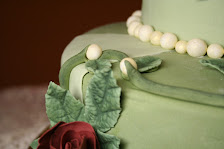

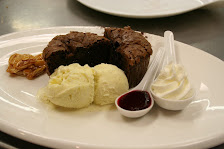
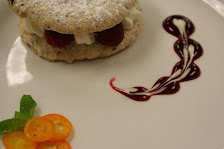
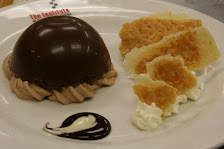
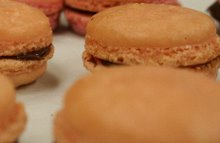
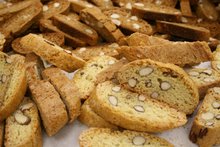
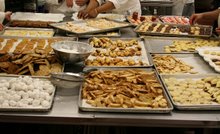



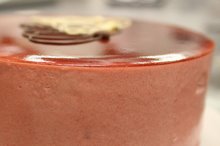



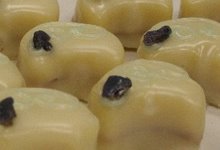
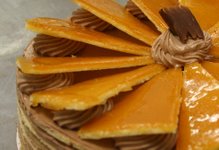



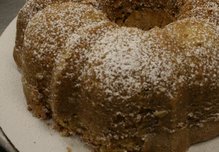
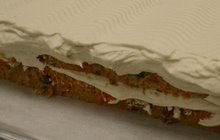


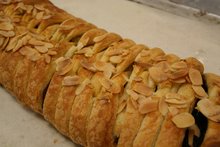






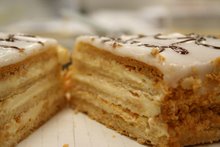
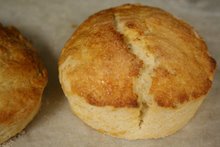


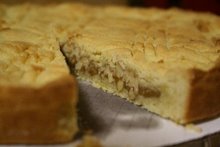












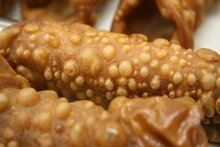


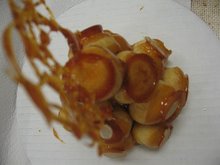
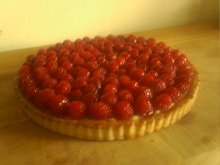


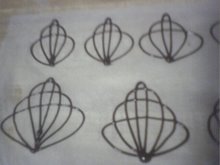


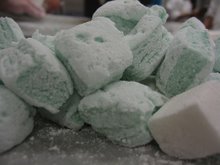

2 comments:
i love you for doing this! you are truly an inspiration. my goal will be to finally figue out how to use ! i wuz you
I really liked this post. Well written! :)
Post a Comment